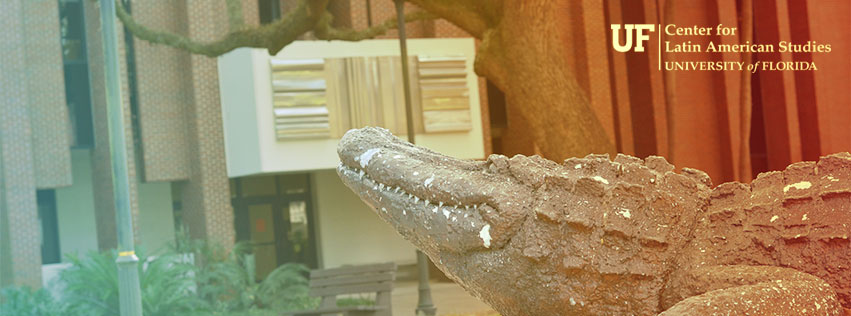 UF Center for Latin American Studies
UF Center for Latin American Studies

April 13, 2020
The UF Center for Latin American Studies and the Tropical Conservation and Development Program are pleased to announce the release of the sixth MERGE case study, Gender, Local Communities, and Natural Ecosystems in Tambopata, Peru, written by Dr. Avecita Chicchón and Ms. Rosario Lanao.
The Managing Ecosystems and Resources with Gender Emphasis (MERGE) Case Studies Series on Gender, Community Participation and Natural Resource Management was supported by grants from the John D. and Catherine T. MacArthur Foundation and WIDTECH. The series was designed to show how a gender focus has been relevant and useful in natural resource management projects. The cases focus on concrete examples from extension, applied research, and participatory planning activities involving rural communities, especially those in and around protected areas primarily from projects in Latin America with which the MERGE program has collaborated. The format lends itself to practical applications as well as training in gender and natural resource management.
The analysis in MERGE Case Study #6 focused on the Cui’ao project (1994-1996) in the Tambopata region of Peru. This project sought, on one hand, to generate participation by the Ese’eja ethnolinguistic group in conservation projects and, on the other hand, promote the conservation of eggs of the taricaya turtle (Podocnemis unifilis) on the beaches of the Heath River, an affluent of the Madre de Dios River along the border with Bolivia. Findings showed that, in addition to responding to the interests of its promoters (in this case, conservationists), activities of a project must also respond to the interests of local residents, taking into account that these interests are dynamic, and differ according to their cultural patterns, age, and gender. Even in egalitarian societies like the Ese’eja, there is a division of labor and defined roles that are associated with distinct knowledge domains related to nature. The case study of fauna management (taricaya eggs) revealed how a gender focus offered richer detail about the diversity of social responses to conditions determined by environmental factors.
This case study shows how a gender perspective is critical when developing and implementing conservation projects. Understanding key cultural aspects of the Ese’eja people helped conservationists propose management options that were more easily accepted by those indigenous managers. Indigenous knowledge and conservation practices are enriched when they are merged in a dialogue between those two approaches.
The MERGE cases are translated into English, Portuguese and Spanish, and are available on the Tropical Conservation and Development program website: http://uftcd.org/associated-programs/merge/merge-case-studies/.
For more information, contact Dr. Marianne Schmink at schmink@latam.ufl.edu.